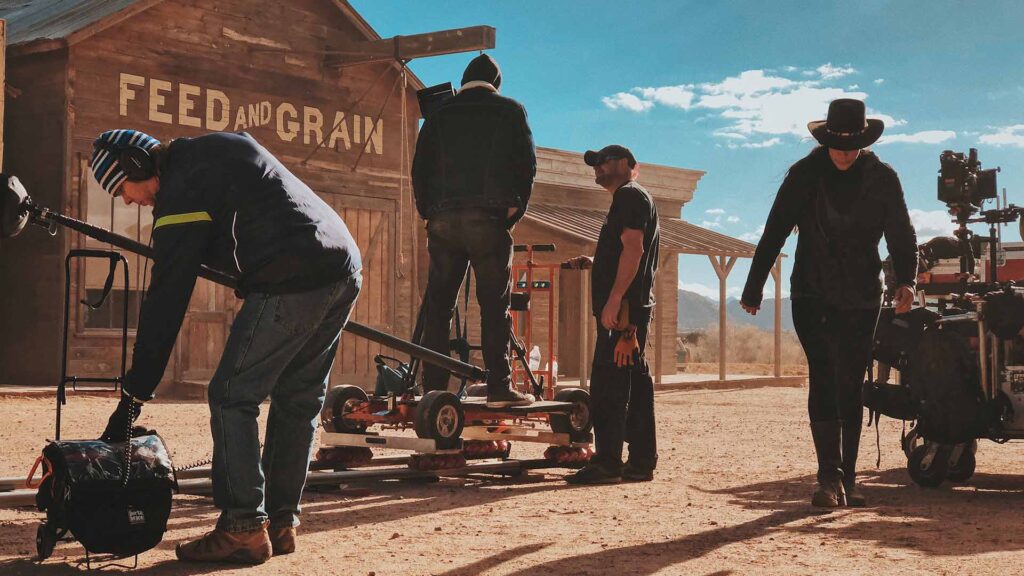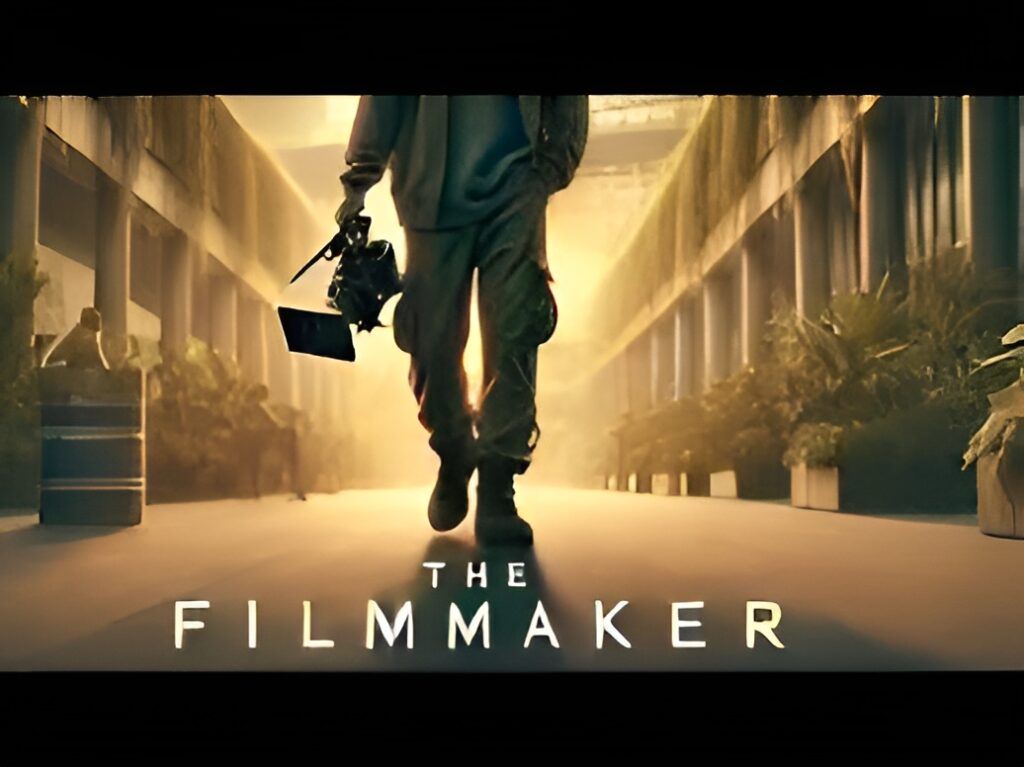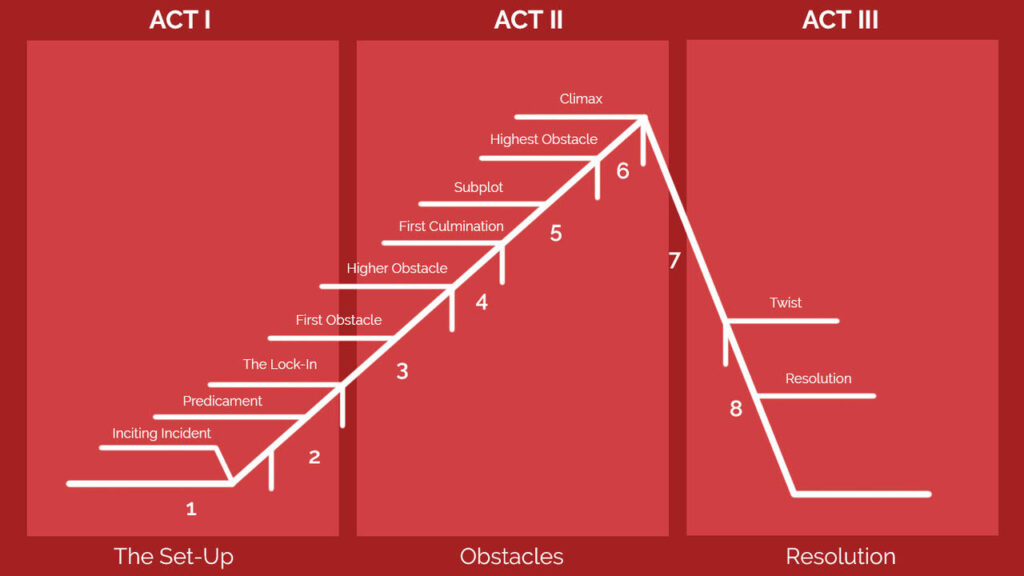
Introduction: What is a Documentary?
A documentary is a non-fictional film that presents real-life events, people, or stories to educate, inform, or inspire audiences. Documentaries come in various styles, including observational, participatory, expository, reflexive, and poetic. Each style offers a unique way of storytelling, from the raw, unfiltered approach of observational documentaries to the persuasive narratives of expository films.
How Documentaries Differ from Other Genres Documentaries prioritize factual storytelling over fictional narratives. Unlike scripted dramas or comedies, they focus on real events, often using interviews, archival footage, and real-time recordings. For example, the observational style avoids narration, allowing viewers to interpret the raw footage themselves, as seen in “Grey Gardens.” In contrast, the expository style, like David Attenborough’s “Planet Earth,” uses a clear narrative voice to guide viewers through the story.
1. Research and Story Development
Finding a Compelling Narrative
- Identify topics you are passionate about.
- Conduct preliminary research to gauge interest and available material.
- Pinpoint a central theme or message.
- Look for characters or events that embody the story.
Examples of Successful Narratives
- “Free Solo” captures the breathtaking journey of a rock climber, balancing personal stakes with adrenaline-filled moments.
- “The Act of Killing” reimagines historical events through the eyes of perpetrators, offering a chilling yet compelling perspective.
Structuring the Story
- Start with a hook: Capture attention in the first few minutes.
- Develop a narrative arc: Introduce conflict, build tension, and resolve.
- Use storytelling waves: Alternate between emotional highs and lows to keep viewers engaged.
- Balance facts with emotion: Ensure accuracy while creating an emotional connection.
Example: In “13th,” Ava DuVernay uses statistics alongside personal stories to craft a powerful narrative about racial injustice.
2. Pre-Production Planning
Budgeting
- Estimate costs: Equipment, crew, travel, post-production, and marketing.
- Secure funding: Grants, crowdfunding, sponsorships, or personal investment.
Team Assembly
- Recruit a producer, cinematographer, editor, sound technician, and researchers.
- Clearly define roles and responsibilities.
Equipment Selection
- Cameras: DSLRs, mirrorless, or cinema cameras.
- Audio: Lavalier mics, shotgun mics, and portable recorders.
- Lighting: LED panels, reflectors, and natural light.
Location Scouting
- Visit potential locations to assess lighting, sound, and accessibility.
- Obtain necessary permits.
Tip: Create a pre-production checklist to ensure all elements are covered.
Creating a Detailed Schedule
- Use project management tools like Trello or Asana.
- Include milestones for research, filming, and editing.
- Allow buffer time for unexpected delays.
3. Filming Process
Capturing Interviews
- Prepare questions in advance but stay flexible.
- Use natural lighting and a clean background.
- Maintain good eye contact and listen actively.
Interview Techniques
- Encourage open-ended responses to elicit detailed answers.
- Use silence effectively to prompt subjects to elaborate.
- Build rapport to make interviewees comfortable.
Shooting B-Roll
- Plan shots that complement the narrative.
- Capture a mix of wide, medium, and close-up shots.
- Record ambient sounds for authenticity.
On-Set Challenges
- Stay adaptable to weather, technical issues, or unforeseen delays.
- Maintain communication with the team.
Examples of Real-World Challenges
- In “Man on Wire,” filmmakers navigated logistical hurdles to recreate a tightrope walk across the Twin Towers.
- Wildlife documentaries often face unpredictable animal behavior and harsh environments.
Actionable Tip: Always have a backup plan for equipment and schedules.
4. Storytelling Techniques in Documentaries
Building Tension
- Use pacing, music, and cliffhangers to keep audiences engaged.
Emotional Engagement
- Focus on human stories and relatable experiences.
Balancing Facts with Narrative Waves
- Interweave data and personal anecdotes.
- Avoid overloading viewers with too much information at once.
Using Visual Storytelling
- Employ symbolism and metaphors to convey deeper meanings.
- Use time-lapse or slow-motion shots to evoke emotion.
5. Post-Production Essentials
Organizing Footage
- Label and categorize clips by interviews, B-roll, and scenes.
Editing
- Start with a rough cut to outline the story.
- Refine pacing and transitions.
- Incorporate storytelling waves.
Software Options
- Adobe Premiere Pro: Versatile for all editing needs.
- Final Cut Pro: Ideal for Mac users.
- DaVinci Resolve: Excellent for color grading and professional editing.
Adding Sound
- Use background scores to enhance mood.
- Ensure dialogue clarity.
Polishing the Final Product
- Color grading for visual consistency.
- Add subtitles or translations if needed.
Expert Insight: “Editing is where the story truly comes alive,” says Walter Murch, legendary editor.
6. Distribution and Marketing Strategies
Film Festivals
- Submit to festivals like Sundance, Tribeca, or Hot Docs.
Preparing a Submission Package
- Include a synopsis, trailer, and high-quality stills.
- Craft a compelling director’s statement to explain your vision.
Streaming Platforms
- Approach platforms like Netflix, Amazon, or YouTube.
Public Screenings
- Organize local events or collaborate with educational institutions.
Marketing
- Leverage social media, press releases, and trailers.
- Build a website or crowdfunding page to generate buzz.
7. Reflection and Growth as a Filmmaker
- Analyze feedback: Learn from critiques to improve future projects.
- Stay updated: Follow industry trends and technological advancements.
- Network: Attend workshops, film festivals, and seminars.
Mentorship and Collaboration
- Seek guidance from experienced filmmakers.
- Join online forums or local film communities.
Final Thought: Creating a documentary is a journey of discovery. By staying curious and committed, you can craft films that resonate deeply with audiences worldwide.
Checklists
Pre-Production Checklist:
- Define the story.
- Budget planning.
- Assemble the team.
- Choose equipment.
- Scout locations.
Filming Checklist:
- Test equipment.
- Prepare interview questions.
- Record B-roll.
- Backup footage daily.
Post-Production Checklist:
- Organize clips.
- Edit the film.
- Add sound and music.
- Polish visuals.




